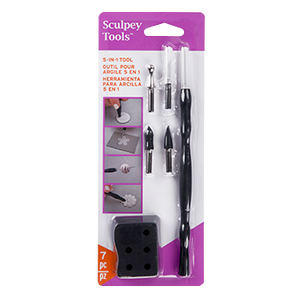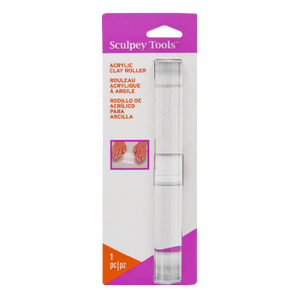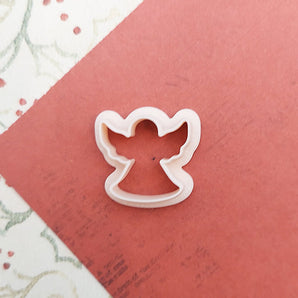These adorable mice were designed by Lucy Stopes-Roe.
You can find more of Lucy's amazing creations at www.lucyslittlepeople.co.uk
You can find more of Lucy's amazing creations at www.lucyslittlepeople.co.uk
Step 1:
Getting Started Polymer clay may stain. CLAY MAY DAMAGE UNPROTECTED FURNITURE OR FINISHED SURFACES. DO NOT USE polymer clay on unprotected surfaces. We recommend working on the Sculpey clay mat, wax paper, metal baking sheet, or disposable foil. Start with clean hands and work surface area. Knead clay until soft and smooth. For best results, clean your hands in between colors. Shape clay, pressing pieces together firmly. Bake on oven-proof glass or metal surface at 275°F (130 °C) for 30 minutes per ¼" (6 mm) thickness. For best baking results, use an oven thermometer. DO NOT USE MICROWAVE OVEN. DO NOT EXCEED THE ABOVE TEMPERATURE OR RECOMMENDED BAKING TIME. Wash hands after use. Baking should be completed by an adult. Begin by preheating oven to 275 °F (130 °C). Test temperature with oven thermometer for perfectly cured clay. For best results, condition all clay by running it through the Clay Conditioning Machine for several passes on the widest setting. Fold the clay in half after each pass and insert the fold side into the rollers first.

















































what colors did you use on the brown mouse? Love him
how long do you bake it
Thank you
I love them! I’m sending a pair of these to my granddaughter in Texas, I have
Been make silly ones and naming them. Now she wants a Giraffe!
I love these I will make them for Christmas holding candy canes….
How long to you put them in the oven for? They are adorable I’m going to try to make them,thanks,love this clay and work with it all the time.